Discover why putting farmers first is the game-changing solution to global food insecurity — and how empowering them unlocks sustainable food systems for future generations.
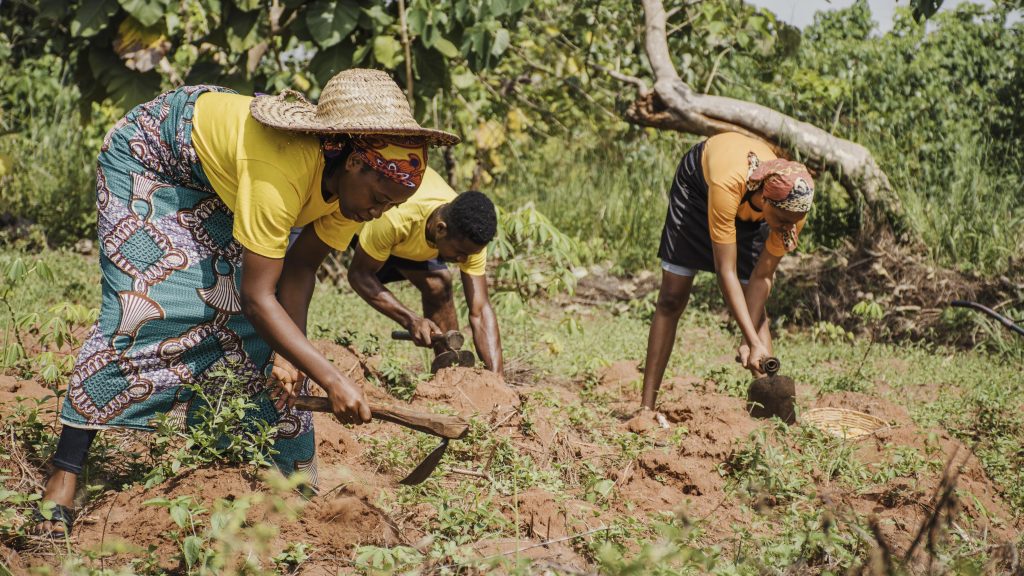
In a world where food production has reached unprecedented levels, why do over 700 million people still go hungry? The answer isn’t just about food supply — it’s about the people behind the production.
At the core of every meal, market, and food chain is a farmer. Yet these essential workers are often the most overlooked in the fight against hunger. If we want to create lasting food security, we must flip the script and start with a powerful principle: Farmers First.
Why “Farmers First” Matters
Farmers are not just food producers — they are the foundation of food systems. But globally, many farmers:
- Live in poverty
- Lack access to basic agricultural tools
- Face land insecurity, climate threats, and exploitative pricing
- Struggle to feed their own families
Placing farmers at the center of food policy, investment, and innovation doesn’t just improve their lives — it strengthens the entire global food supply.
The Untold Reality: Who Feeds the World?
- Smallholder farmers (those with less than 2 hectares of land) produce about one-third of the world’s food.
- In developing countries, over 60% of the workforce is employed in agriculture.
- Despite this, many live without access to quality seeds, stable markets, or even clean water.
Without farmers, food security doesn’t exist. So why aren’t we doing more to support them?
1. Invest in Education and Innovation
Farmers often rely on generations-old practices because they haven’t been exposed to newer, more efficient techniques. Agricultural extension services, mobile apps, and training in sustainable practices can change that.
Impact:
- Higher yields
- Reduced post-harvest loss
- Smarter adaptation to climate change
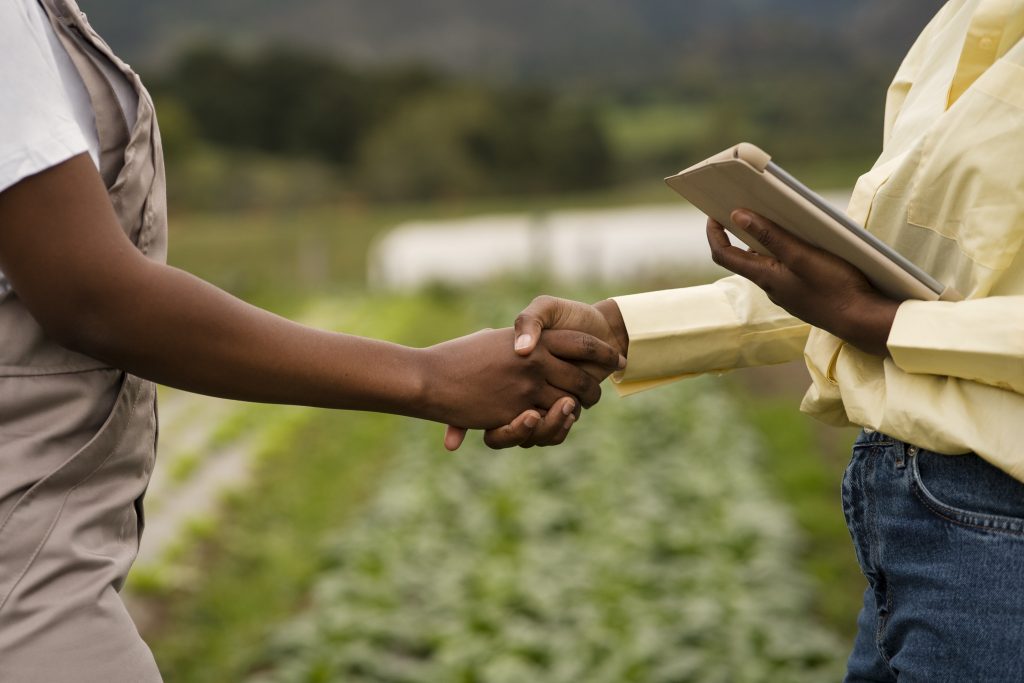
2. Ensure Access to Land, Credit, and Tools
You can’t grow food without land or resources. Many small-scale farmers—especially women—lack land ownership or collateral to access financing.
Empowerment means:
- Secure land rights
- Affordable financing options
- Access to irrigation, fertilizers, and technology
When farmers have the means to grow, they can contribute more food to local and global markets.
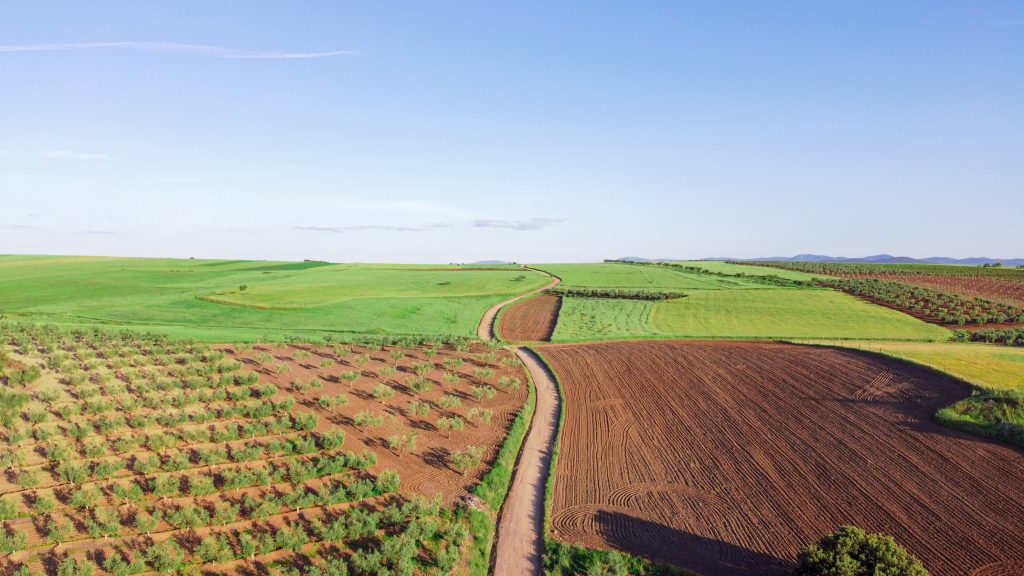
3. Build Fair and Transparent Market Systems
Farmers frequently face a system stacked against them, where middlemen take most of the profit. Connecting them directly to buyers or supporting farmer cooperatives helps them earn what they deserve.
Benefits:
- Better income
- Stronger rural economies
- More incentive to grow food sustainably
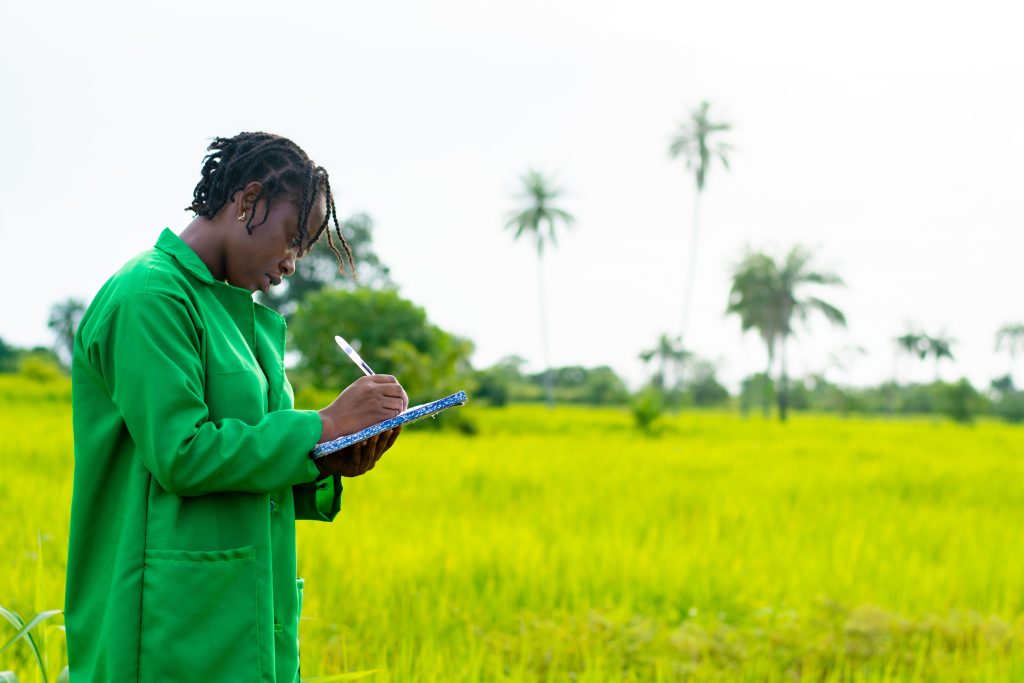
4. Prioritize Women and Youth in Farming
Women make up nearly half of all agricultural labor, yet have significantly less access to resources. Meanwhile, young people often migrate to cities, leaving agriculture behind.
Solution:
- Promote gender equality in land access and training
- Support agri-tech and innovation programs for rural youth
This brings new energy, technology, and ideas into the farming sector.
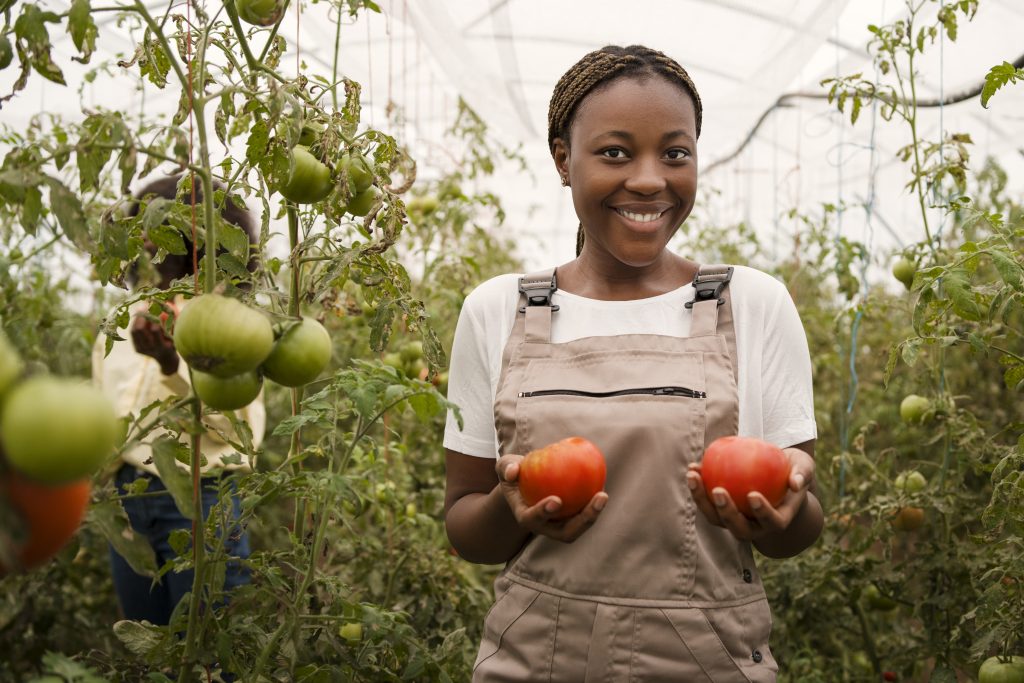
5. Make Farming a Respected, Supported Profession
The future of food depends on making farming a career worth pursuing. That means:
- Fair policy support
- Insurance and safety nets
- Public recognition of farming’s value
When farmers are seen as professionals—not just laborers—nations invest in them more intentionally.
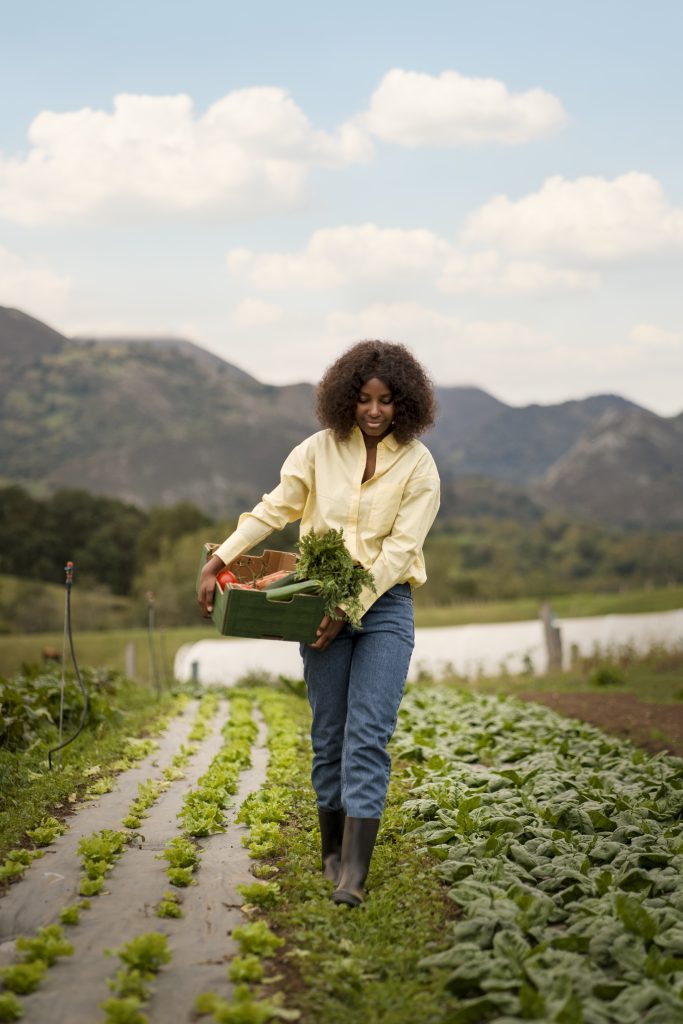
Conclusion: Putting Farmers First is Putting Food First
The road to food security doesn’t begin at the supermarket. It begins in the soil, under the sun, in the hands of a farmer.
If we truly want to solve global hunger, the solution isn’t only about technology or trade. It’s about prioritizing and empowering the very people who grow our food.
Farmers First isn’t just a slogan — it’s the untold key to a nourished, secure, and sustainable world.
Call to Action – How to be of great help
Support policies, organizations, and innovations that put farmers first. Buy local when you can, advocate for farmer-friendly practices, and spread the message: when farmers thrive, everyone eats.